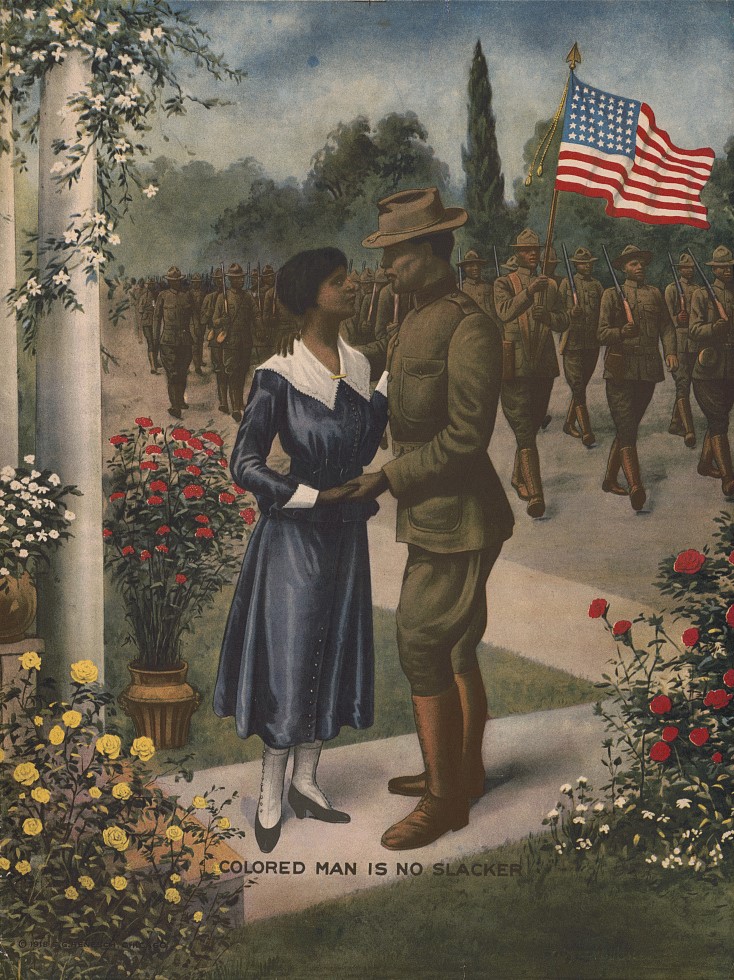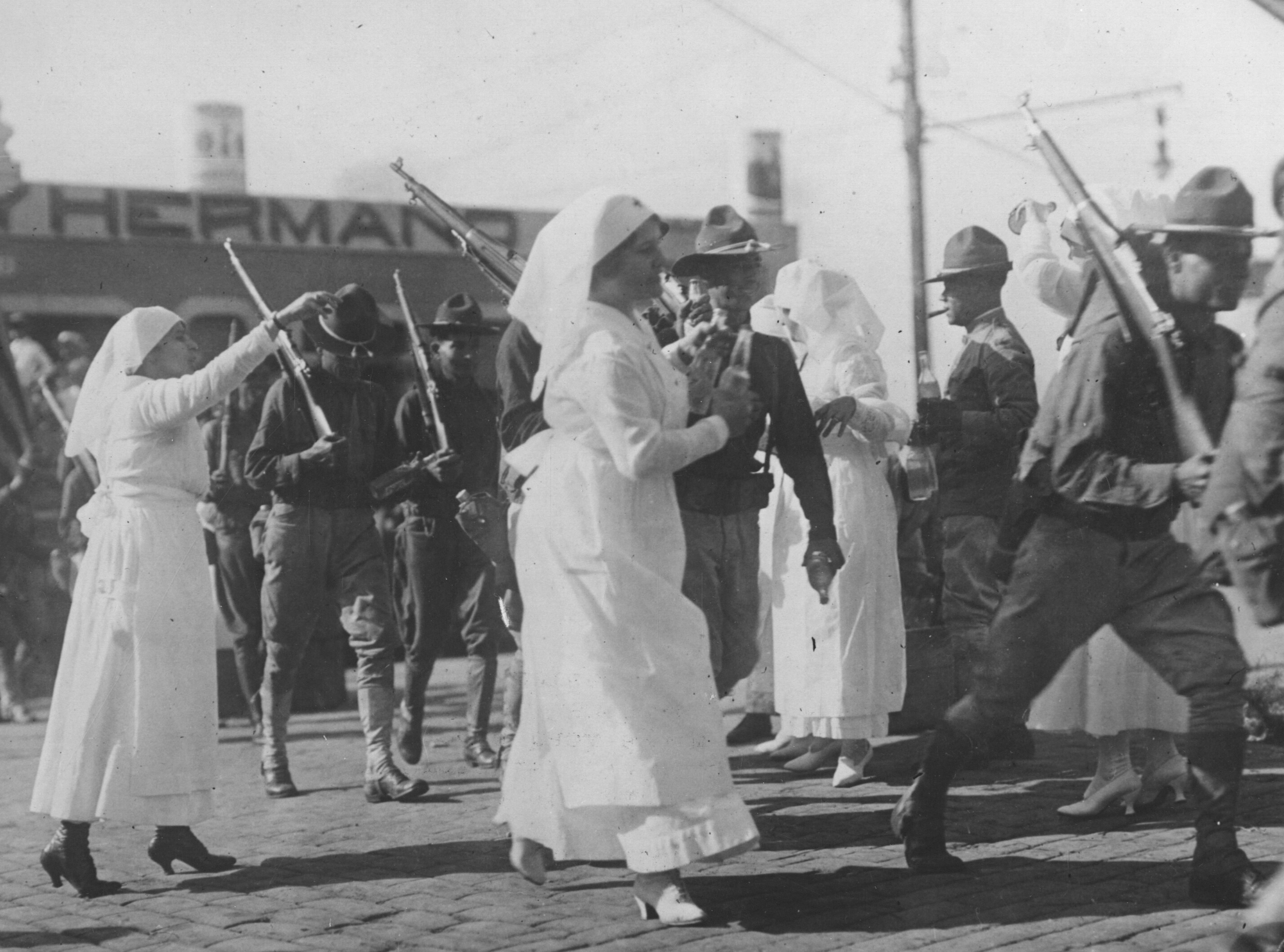Tomb of the Unknown Soldier Centennial Commemoration Lecture Series
Diversity in the American Expeditionary Forces (AEF)
Written and presented by Dr. Allison S. Finkelstein, Senior Historian, Arlington National Cemetery
When one unidentified American service member from World War I was buried at the Tomb of the Unknown Soldier in 1921, the government intended him to represent all who had served in the American Expeditionary Forces (AEF) during the war. This episode explores the diverse composition of the AEF as a way to learn more about the Unknown Soldier honored in the Tomb.
Listen Here: Diversity in the American Expeditionary Forces (AEF)
Dr. Allison Finkelstein serves as Senior Historian at Arlington National Cemetery. She earned her Ph.D. in history with a specialization in historic preservation from the University of Maryland, College Park. Before coming to Arlington, she worked at the U.S. Citizenship and Immigration Services History Office and Library and the American Battle Monuments Commission. A specialist on military commemoration and women in the World War I era, her first book, Forgotten Veterans, Invisible Memorials: How American Women Commemorated the Great War, 1917-1945, was published by the University of Alabama Press in 2021.
 This 1918 poster depicts African American servicemen in World War I and attests to their dedication to military service with the pointed text at the bottom: “Colored Man is No Slacker." (Library of Congress)
This 1918 poster depicts African American servicemen in World War I and attests to their dedication to military service with the pointed text at the bottom: “Colored Man is No Slacker." (Library of Congress)

Framed underneath a
portrait of President Abraham Lincoln, this 1918 poster of a battle scene draws
a direct connection between the American Civil War and the African American
service members fighting in Europe. Calling them the
‘True Sons of Freedom,’ this poster implies
that these men—many of whom may have descended from enslaved people—understood
the stakes of the war and the meaning of their own service in it.
(Library of Congress)
 Artist Howard
Chandler Christy’s “Americans All” poster demonstrated the diversity of
immigrant last names in the American military during World War I to promote the
Victory Liberty Loan campaign.
(Library of Congress)
Artist Howard
Chandler Christy’s “Americans All” poster demonstrated the diversity of
immigrant last names in the American military during World War I to promote the
Victory Liberty Loan campaign.
(Library of Congress)

Puerto Rican troops returning home from the war in 1919 are met by Red Cross nurses. (National Archives)

The Knights of Columbus organization ministered to the needs of Catholic service members during World War I, as advertised in this 1917 poster. (Library of Congress)

A Yom Kippur service organized by the Jewish Welfare Board in France enabled Jewish service members to observe the High Holy Days in 1918. (National Archives)
